Published 28 May 2024
The Role of NFTs in Gaming: Ownership, Scarcity, and Interoperability

Non-fungible tokens (NFTs) have emerged as a groundbreaking innovation in the world of blockchain technology, enabling the creation of unique, verifiable, and tradable digital assets. Unlike cryptocurrencies such as Bitcoin or Ethereum, which are interchangeable and have equal value, NFTs represent digital assets with distinct characteristics and varying values.
The gaming industry, with its ever-evolving landscape and constant pursuit of new technologies, has been quick to recognize the potential of NFTs. In recent years, we have witnessed a growing impact of NFTs on the gaming industry, as they introduce new concepts of digital ownership, scarcity, and interoperability, ultimately reshaping the way gamers interact with their favorite games and communities. In this article, we will delve into the role of non-fungible tokens in gaming and explore the exciting opportunities they bring to the table.
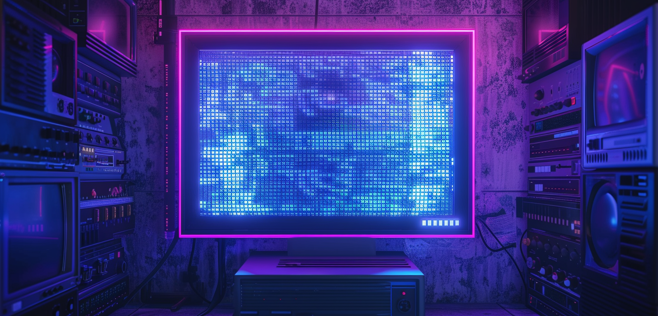
NFTs and Digital Ownership in Gaming
Digital ownership has long been a contentious topic in the gaming industry. Gamers invest significant time, effort, and money into acquiring in-game assets, such as skins, weapons, and characters, only to have their ownership rights limited or revoked by game developers or publishers. This has led to a growing demand for a more transparent and secure system that enables true ownership of digital assets.
Enter non-fungible tokens. NFTs provide a solution to the digital ownership conundrum by leveraging the power of blockchain technology. By minting in-game assets as NFTs, game developers can create provably scarce, unique, and immutable digital items that belong solely to the gamers who own them. This means that gamers can have full control over their in-game assets, including the ability to trade, sell, or transfer them to other players without the need for intermediaries.
Several games have already embraced NFTs for digital ownership, showcasing the potential of this technology in the gaming industry. Some notable examples include:
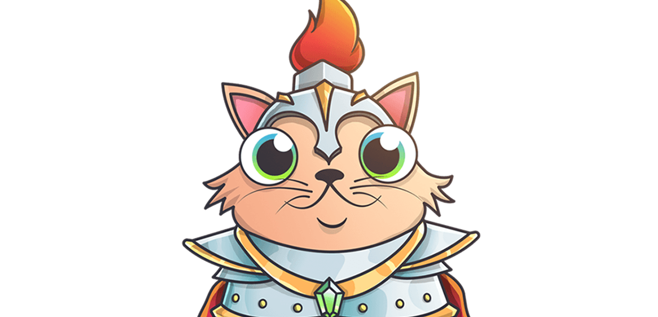
- CryptoKitties
One of the earliest and most popular NFT-based games, CryptoKitties allows players to collect, breed, and trade adorable digital cats, each with its own unique genetic makeup and traits.
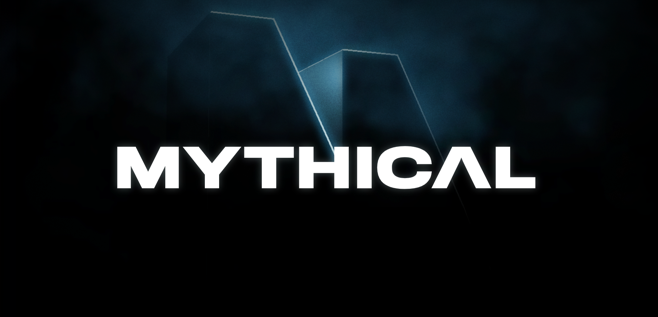
- Mythical Games
A gaming studio focused on developing AAA-quality games that incorporate NFTs and blockchain technology, Mythical Games aims to bring the benefits of digital ownership to the mainstream gaming audience.
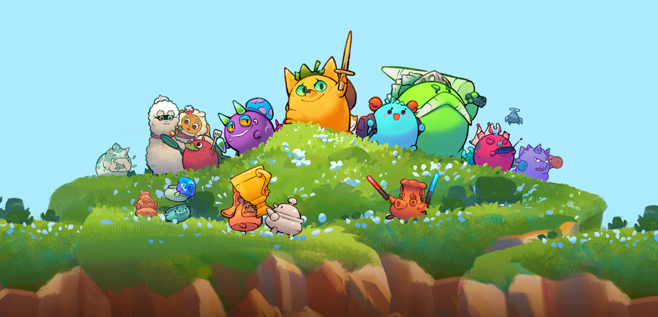
- Axie Infinity
A blockchain-based game that combines elements of Pokémon and Tamagotchi, Axie Infinity enables players to collect, breed, and battle fantastical creatures called Axies, each represented by a unique NFT.
By providing a robust and secure system for digital ownership, NFTs are set to revolutionize the way gamers interact with and value their in-game assets.
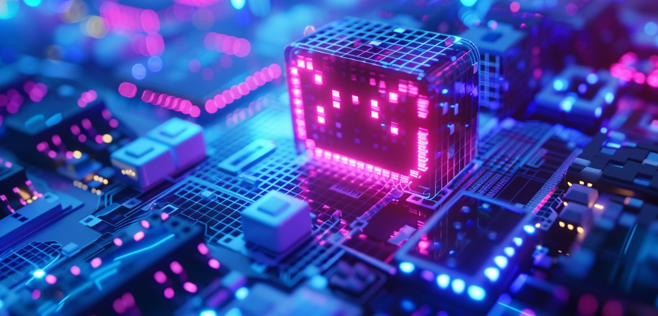
NFTs and Scarcity in Gaming
Scarcity is a fundamental concept in economics that plays a significant role in determining the value of goods and assets, including those in the gaming world. In-game items that are rare or unique tend to be highly sought after by gamers, who are willing to spend considerable time and resources to acquire them. However, the scarcity of these items is often artificially enforced by game developers, leaving room for manipulation and abuse.
Non-fungible tokens offer a solution to this problem by providing a way to create provably scarce and unique in-game assets. By minting an in-game item as an NFT, game developers can create a verifiable and immutable record of its scarcity and uniqueness on the blockchain. This not only ensures that the item's rarity is genuine but also increases its perceived value among gamers, who can trust that the item they are acquiring is truly one-of-a-kind.
Several games have already leveraged NFTs to create scarce and valuable in-game assets, demonstrating the potential of this technology in the gaming industry. Some notable examples include:
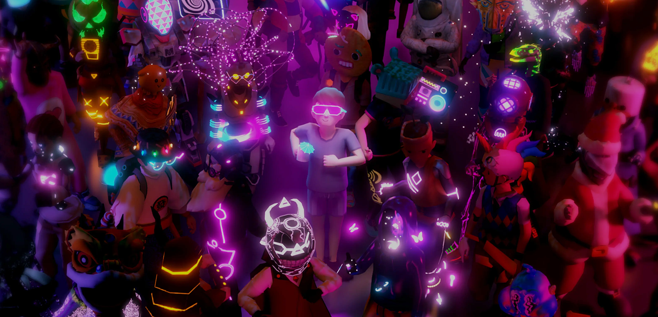
- Decentraland
A virtual reality platform built on the Ethereum blockchain, Decentraland allows users to buy, sell, and develop virtual land parcels, each represented by a unique NFT. The scarcity of these land parcels, combined with their potential for customization and monetization, has led to a thriving market for Decentraland real estate.

- CryptoPunks
One of the earliest NFT projects, CryptoPunks is a collection of 10,000 unique, pixelated characters, each with its own distinct attributes and traits. The scarcity of these characters, combined with their historical significance in the NFT space, has led to some of them being sold for millions of dollars.
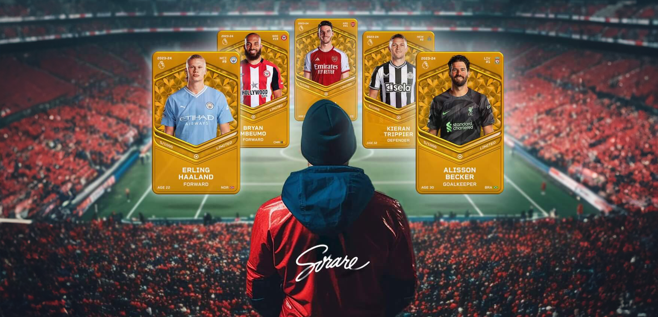
- Sorare
A fantasy football game that uses NFTs to represent real-world players and their performance, Sorare's limited edition cards, which are minted as NFTs, are highly sought after by gamers and football fans alike, due to their rarity and potential for value appreciation.
By enabling the creation of provably scarce and unique in-game assets, NFTs are set to transform the way gamers perceive and value the items they acquire in their favorite games.

NFTs and Interoperability in Gaming
One of the major limitations of traditional in-game assets is their lack of interoperability. Gamers often invest significant time and resources into acquiring valuable items, only to have them locked within a single game or platform, with no way to transfer or utilize them elsewhere. This siloed approach not only stifles the potential for innovation and collaboration but also hinders the growth of a vibrant and interconnected gaming ecosystem.
Non-fungible tokens, with their ability to represent digital assets in a standardized and portable manner, have the potential to revolutionize the way gamers interact with and utilize their in-game assets. By minting in-game items as NFTs, game developers can enable cross-game and cross-platform interoperability, allowing gamers to seamlessly transfer, trade, or use their assets in a variety of different gaming environments.
Several gaming ecosystems have already recognized the potential of NFTs in driving interoperability and are actively embracing this technology. Some notable examples include:
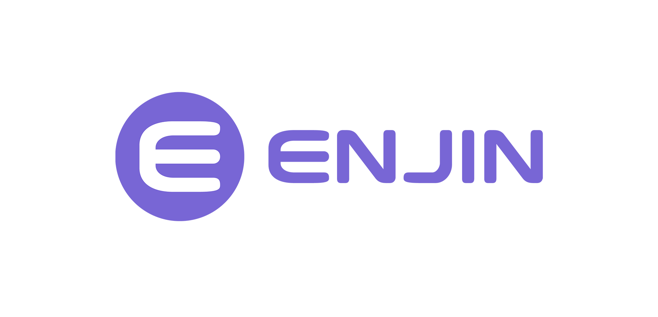
- Enjin
A blockchain-based gaming platform and ecosystem, Enjin provides tools and services that enable game developers to create and integrate NFTs into their games. Enjin's ERC-1155 token standard, which allows for the creation of both fungible and non-fungible tokens within a single smart contract, is particularly well-suited for enabling cross-game and cross-platform interoperability.
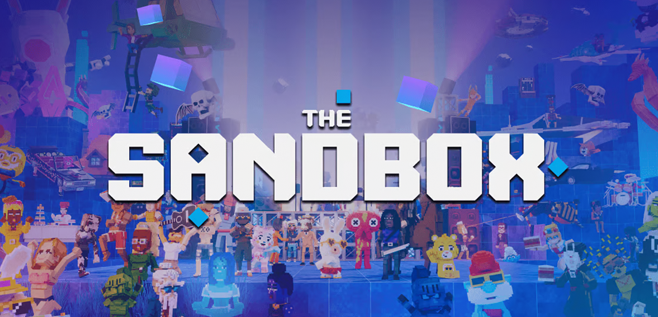
- The Sandbox
A decentralized, community-driven gaming platform built on the Ethereum blockchain, The Sandbox allows users to create, share, and monetize their own gaming experiences. By leveraging NFTs to represent in-game assets, The Sandbox is able to facilitate cross-game interoperability, with users able to incorporate assets from other games or platforms into their own creations.

- Wax
A purpose-built blockchain for the trading of virtual assets, Wax has partnered with several major gaming studios and platforms, including Alien Worlds and Farming Tales, to enable the creation and trading of NFT-based in-game items. Wax's focus on scalability, low-cost transactions, and user-friendly onboarding processes makes it an attractive option for game developers looking to embrace NFTs and interoperability.
By enabling cross-game and cross-platform interoperability for in-game assets, NFTs are set to unlock new possibilities for innovation, collaboration, and value creation in the gaming industry.
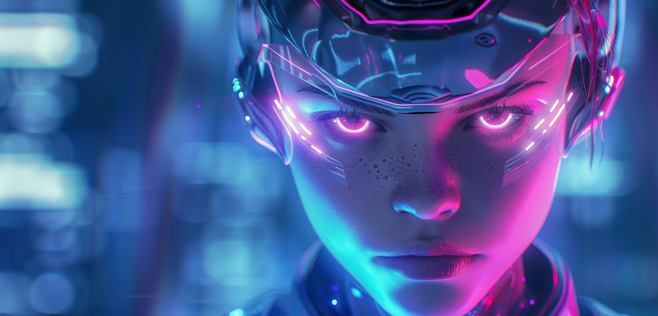
Case Studies: NFTs in Action in the Gaming Industry
To better understand the impact and potential of NFTs in the gaming industry, let's examine a few notable case studies of games that have successfully integrated NFTs for digital ownership, scarcity, and interoperability.
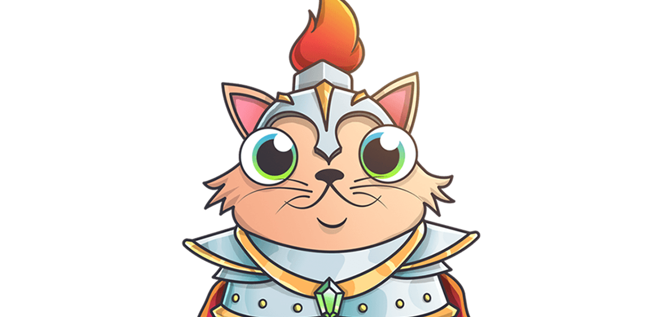
- CryptoKitties
Launched in 2017, CryptoKitties is a blockchain-based game that allows players to collect, breed, and trade virtual cats, each represented by a unique NFT. The game quickly gained popularity, with some of the rarest cats being sold for over $100,000. CryptoKitties demonstrated the potential of NFTs in gaming, as well as the willingness of players to invest significant sums in unique, verifiably scarce digital assets.
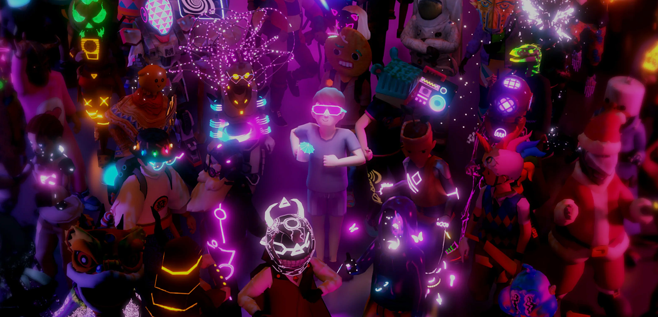
- Decentraland
A decentralized virtual reality platform built on the Ethereum blockchain, Decentraland allows users to create, explore, and monetize their own virtual experiences. In-game assets, such as land parcels, wearables, and other items, are represented by NFTs, enabling true digital ownership and the ability to trade or sell these assets on secondary markets. Decentraland's use of NFTs has facilitated the growth of a thriving in-game economy, with players and creators alike able to benefit from the value they generate.
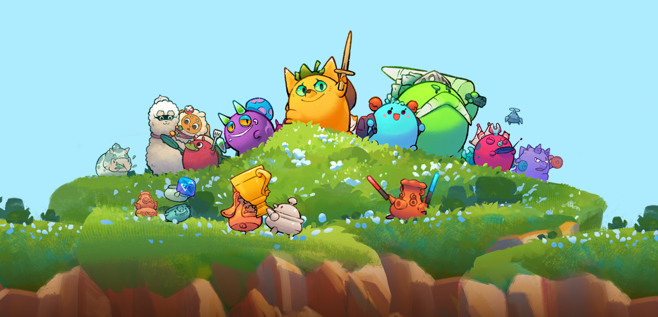
- Axie Infinity
A blockchain-based game that combines elements of Pokémon and Tamagotchi, Axie Infinity allows players to collect, breed, and battle fantastical creatures called Axies, each represented by a unique NFT. The game's use of NFTs not only enables true digital ownership of these creatures but also allows for the creation of provably scarce and unique offspring through breeding. Axie Infinity's innovative approach to gaming and NFTs has led to its rapid growth, with the game boasting a large and active player base.
These case studies illustrate the diverse and transformative ways in which NFTs are being integrated into the gaming industry, unlocking new possibilities for digital ownership, scarcity, and interoperability, and ultimately enriching the gaming experience for players and creators alike.

The Future of NFTs in Gaming
The intersection of NFTs and gaming is still in its early stages, with ample room for growth, innovation, and exploration. As the technology continues to mature and gain traction, we can expect to see a range of exciting developments that will further transform the gaming landscape.
- Virtual and Augmented Reality (VR/AR) Experiences
With the increasing popularity of VR and AR technologies, it's only a matter of time before NFTs are integrated into these immersive gaming environments. This could enable the creation and trading of unique, verifiably scarce virtual items and experiences, further enriching the world of VR/AR gaming.
- NFT-based Gaming Guilds and Communities
As NFTs continue to gain prominence in the gaming industry, we may see the emergence of gaming guilds and communities centered around the collection, trading, and creation of NFT-based assets. These groups could not only provide a supportive and collaborative environment for gamers and creators but also help drive the growth and adoption of NFTs in the gaming space.
- Mainstream Adoption and Integration of NFTs by Major Gaming Studios
While several independent game developers and smaller studios have already embraced NFTs, the technology has yet to be widely adopted by major gaming studios. As the benefits and potential of NFTs become increasingly apparent, we can expect to see more prominent players in the gaming industry begin to integrate NFTs into their games and platforms, further propelling the technology into the mainstream.
To stay informed and engaged in the ongoing conversation around NFTs in the gaming industry, be sure to follow relevant news outlets, blogs, and social media channels. Participating in online forums and communities dedicated to gaming and NFTs can also provide valuable insights and opportunities for networking and collaboration. By keeping a finger on the pulse of this rapidly evolving space, you'll be well-positioned to capitalize on the exciting developments and opportunities that lie ahead.

Conclusion
The rise of non-fungible tokens (NFTs) has had a profound impact on the gaming industry, enabling true digital ownership, creating provably scarce and valuable in-game assets, and driving cross-game and cross-platform interoperability. The successful implementation of NFTs in games like CryptoKitties, Decentraland, and Axie Infinity demonstrates the immense potential of this technology to revolutionize the way we play, create, and engage with gaming experiences.
As we look to the future, the intersection of NFTs and gaming is poised for even greater innovation and growth, with exciting developments in virtual and augmented reality, NFT-based gaming guilds and communities, and mainstream adoption by major gaming studios on the horizon.
Read More




 Get RateX Pro
Get RateX Pro

 25 Apr 2024
25 Apr 2024
